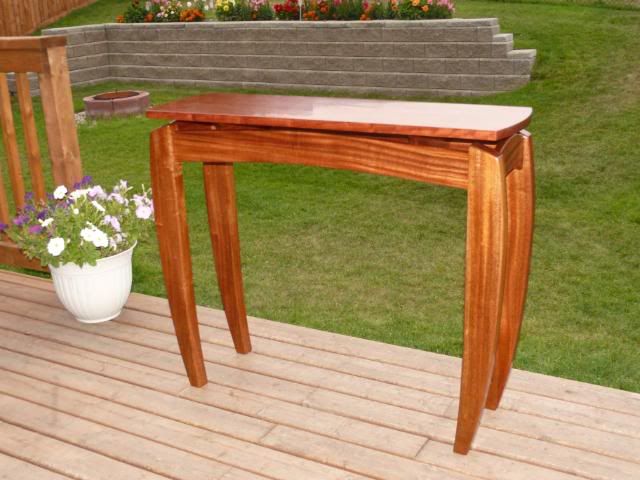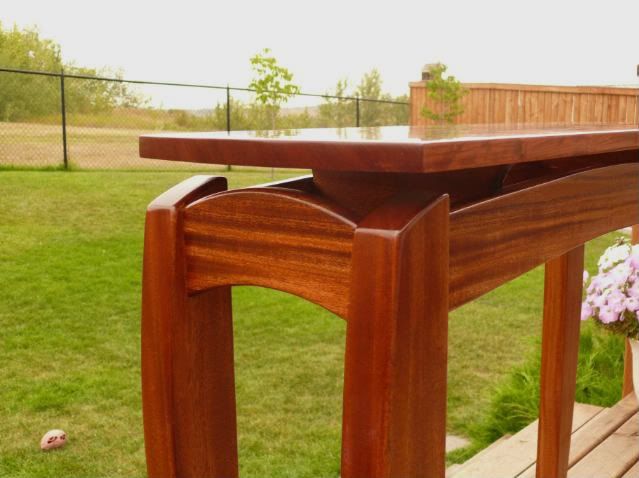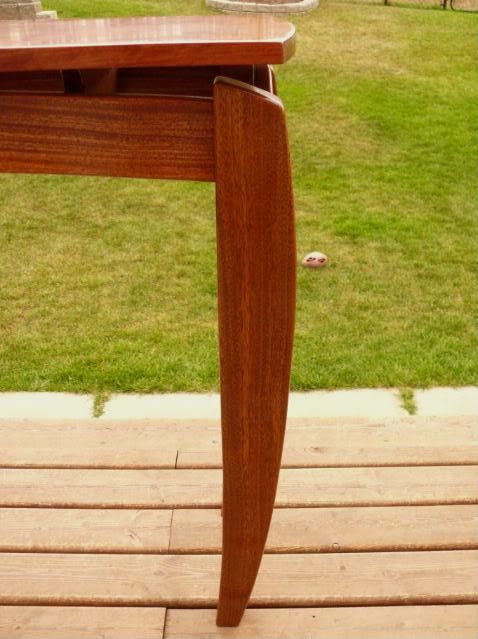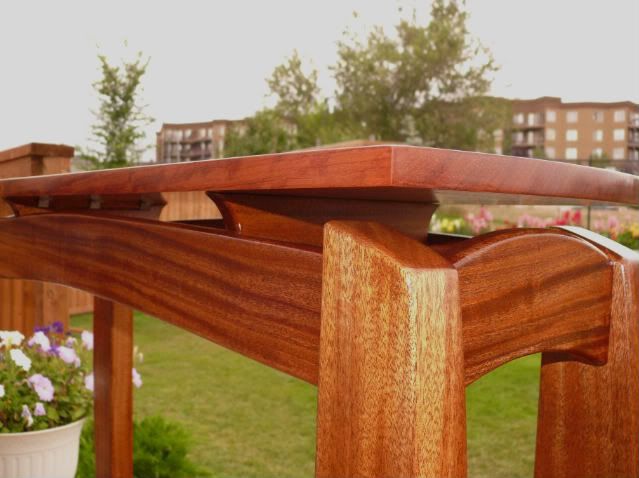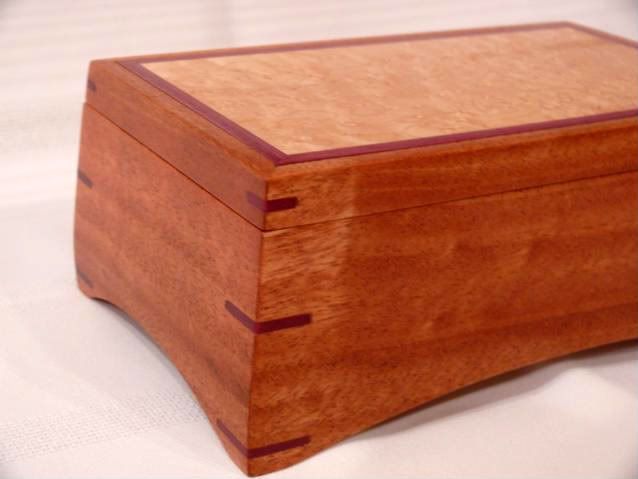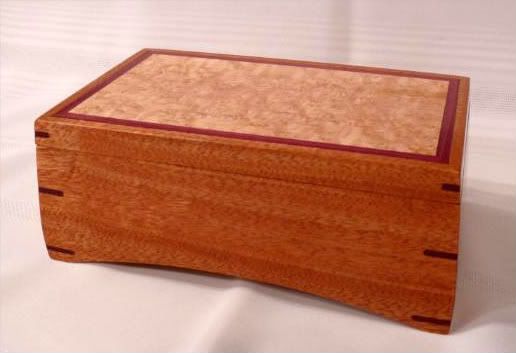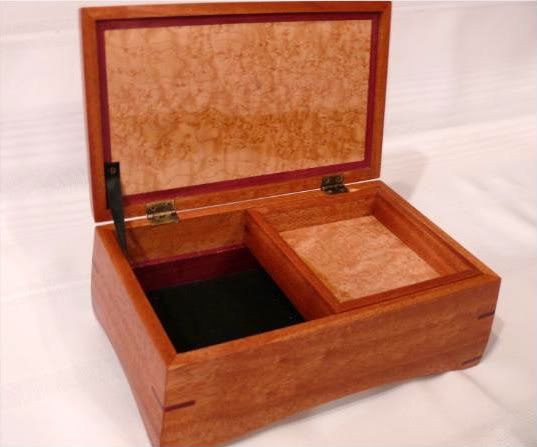After the 1st of the year I am going to start on an entertainment center made from mahogany for my 1st client.
I have worked with Alder=nice, Red Oak=difficult to profile, Hard Maple=difficult to stain, Soft Maple=nice, and Walnut=
very,very nice, but never have worked with Mahogany
.
Was wondering if any Creekers that have worked with Mahogany could provide some info on the ins/outs - do's n don'ts with this type of wood?




 Reply With Quote
Reply With Quote


